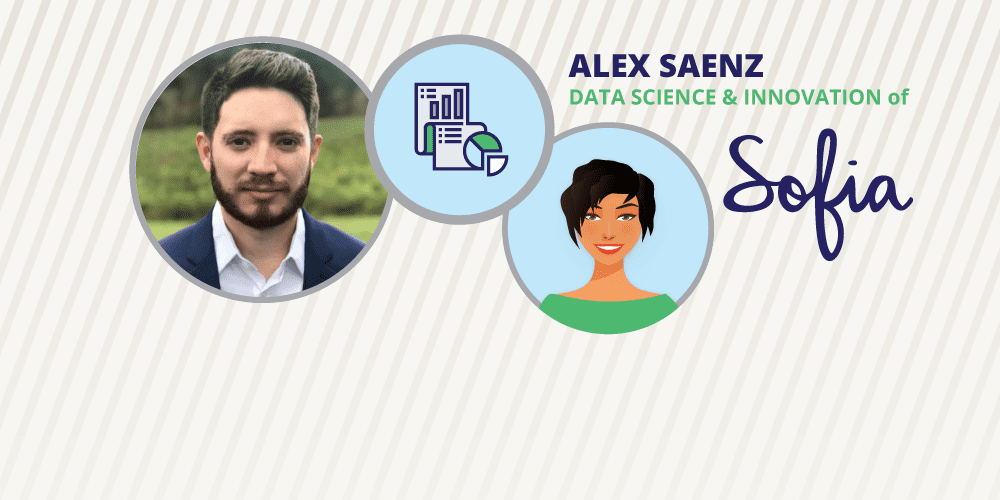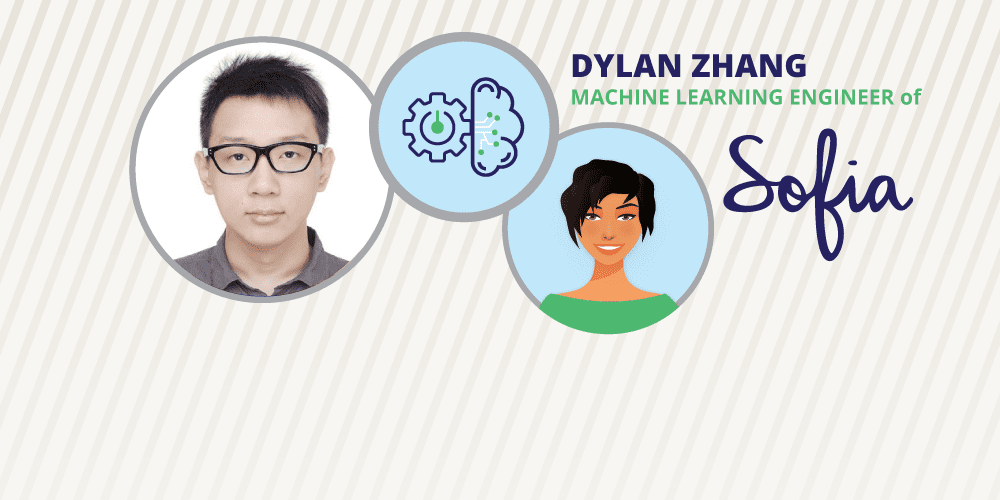
There’s an empathy + AI equation to solve, and we’ve got a working theory here.
We know artificial intelligence (AI) doesn’t have emotions, but AI can help detect emotion and solve a myriad of problems, including some of HR’s constant headaches (like benefits questions). So how is AI being used for good in the HR space?
The source of HR’s problems: resources and engagement
HR’s plates are full. We hear you—there’s not enough time in the day. With your time spent answering employee questions, managing benefits spend, navigating compliance… the list goes on. All of this work leaves little of your time left for anything else.
And that’s not even counting pressure from the C-suite to push new policies like RTO. Or developing strategic initiatives that are becoming almost mandatory for employee retention like a comprehensive DEIB program. If employees don’t feel taken care of, they won’t be engaged. And if they aren’t engaged, there is a higher chance of turnover. Thus, creating a vicious cycle of “not enough.” Not enough time, resources, or employees, you name it—organizations need more.
So, what can AI do to help deliver for your “more?”
Breaking the cycle of “not enough” with the help of empathetic technology
What is empathetic technology? Our definition is, to put it simply, Tech with Heart. We believe that every line of code represents a person. And AI can help us connect those dots between humans and technology by taking on the lift of identifying our opportunities and taking care of some of the not-so-human work on the side (like reviewing data for trends and insights).
On the member level, empathetic technology can be used as a tool to personalize the employee’s experience when they interact with their benefits. What’s more, technology can help break down accessibility barriers, and remove bias.
On an HR department level, HR teams can use technology to streamline and automate processes and tasks to help us be more efficient. In addition, AI can identify patterns and trends faster and often times better.
What does empathetic AI technology do for members?
Businessolver’s research has found that one the main barriers to benefits, is benefits literacy. After years of research, we can glean that benefits literacy is low. And, as long as our healthcare system is complex, we can predict that literacy will continue to remain low for years to come. That is unless AI tech can help bridge the knowledge gap.
AI-powered services can help provide guidance to members when they are actively searching for information. This can include sourcing benefits guides, explaining coverage details in a user-friendly way, and answering their enrollment or claims questions. By removing complexities and having this information right at their fingertips, empathetic AI can make it easier for members to navigate their benefits and make informed decisions.
But what happens when an employee doesn’t know what questions to ask about their benefits? Empathetic AI can anticipate member needs and proactively deliver relevant information, even when members may not be aware they need it. By recognizing data patterns specific to the employee and understanding their preferences, AI systems can help us proactively push personalized notifications, reminders, and recommendations.
For example: AI-powered platforms can send personalized reminders to a parent who had a baby several weeks ago about relevant point solutions like telemedicine or employee assistance programs or reminders on the company’s return to work process. For an employee turning 60, reminders related to planning for retirement (e.g., catch-up contributions, coordination with Medicare) or a company’s financial wellness program would be more appropriate.
This proactive approach using AI ensures that members receive timely and helpful information, without having to hunt and peck for the information and helping them bridge the gap on how to make the best use of their benefits.
What does empathetic AI technology do for HR?
Automating administrative tasks such as data management, reporting, and other repetitive processes with AI frees up HR teams to focus on more meaningful interactions with employees. This shift of focus from mundane tasks will continue to enable HR to invest time into higher-value activities.
Further, Gallup recently published research on the business case for keeping employees engaged, including a 23% positive effect on the bottom line in profitability, an 81% reduction in absenteeism, and a whopping 43% difference in turnover, when comparing engaged vs. disengaged employee populations.
Supporting employee engagement efforts and identifying opportunities to manage the effective programs is crucial to the bottom line. AI can help HR better understand how members are utilizing benefits and in identifying their needs to help refine the benefits strategy. This is crucial as HR teams are finding the best programs to fit the unique needs of their employees while trying to curb cost increases.
The combination of AI and empathy holds great potential in the HR space. HR teams will not be able to personalize the experience or drive true behavior change to support employee wellbeing without adding more headcount to analyze and understand the data. By leveraging AI, organizations can start to get more. More resources, and increased employee engagement, leading to a more empathic experience. Empathetic AI allows HR professionals to focus on meaningful interactions and strategic initiatives, ultimately fostering a more productive and engaged workforce.




